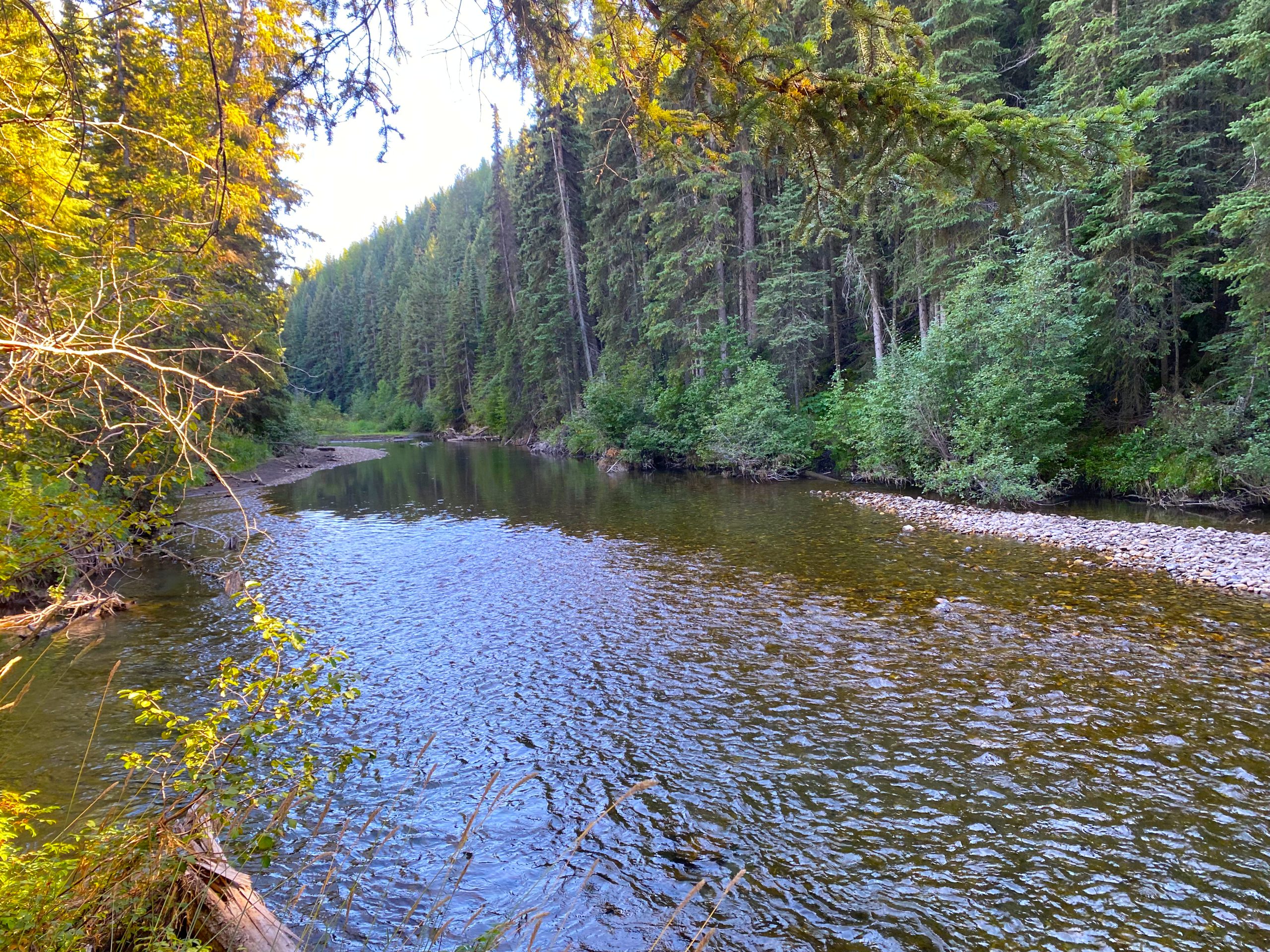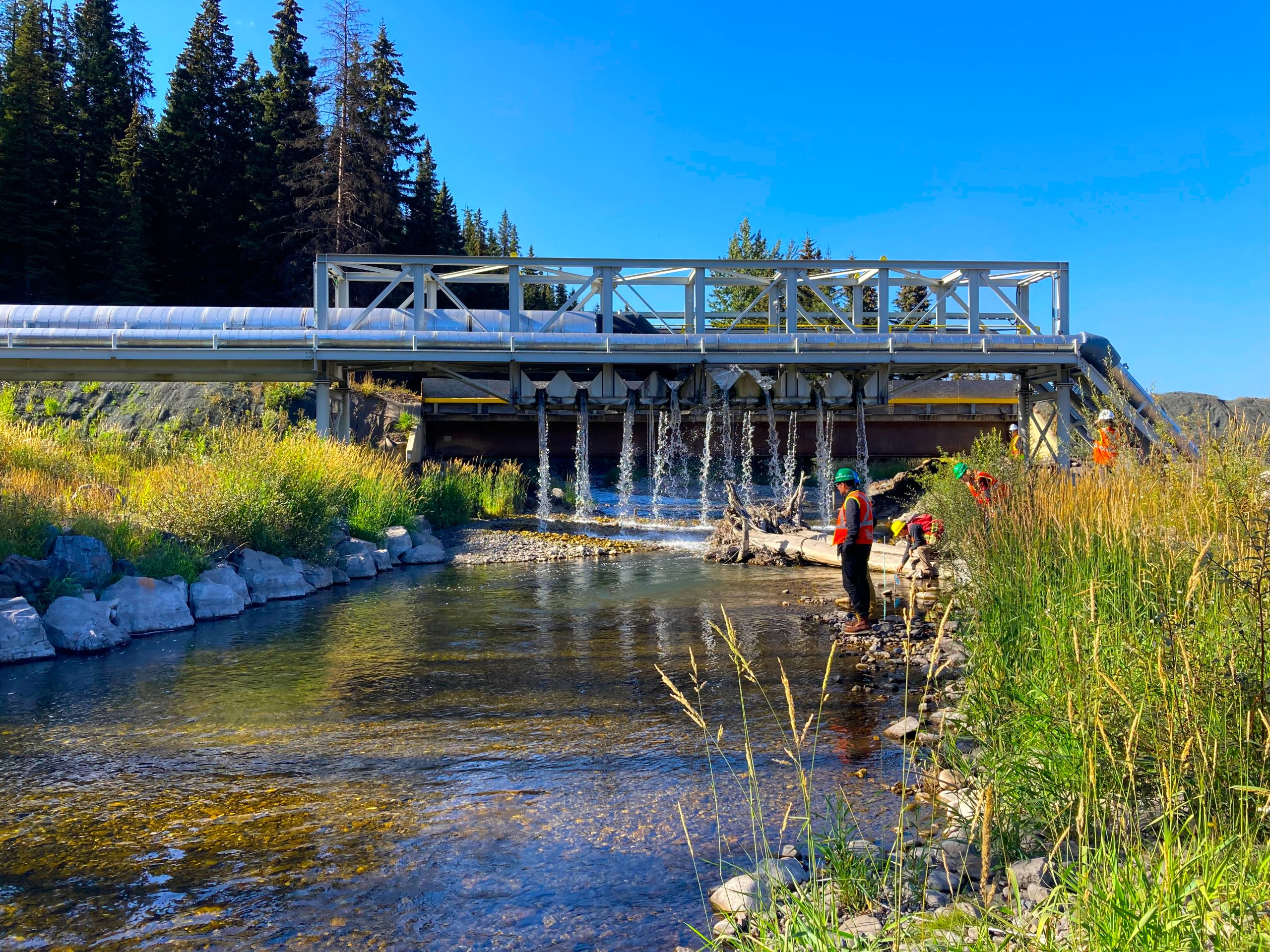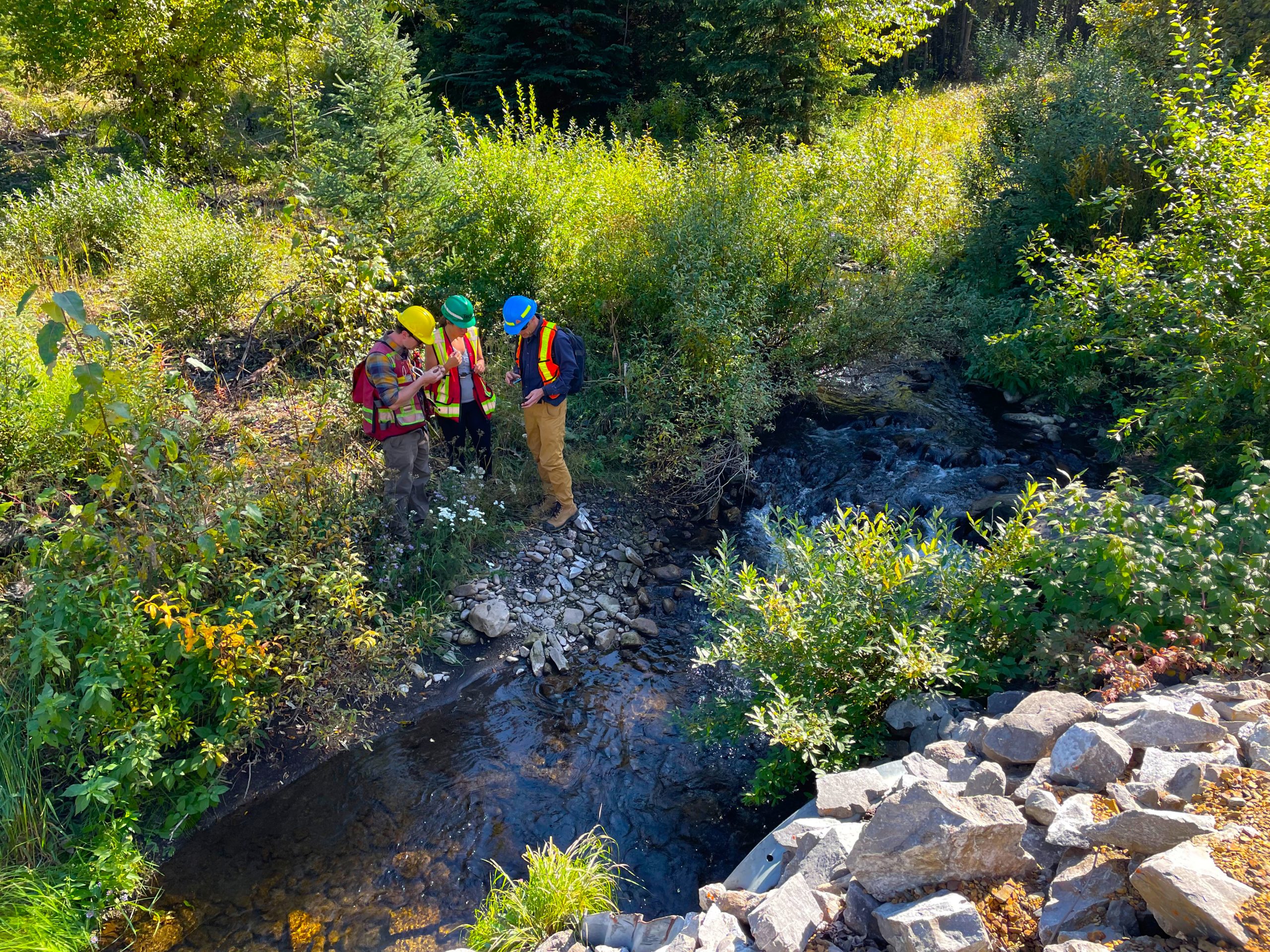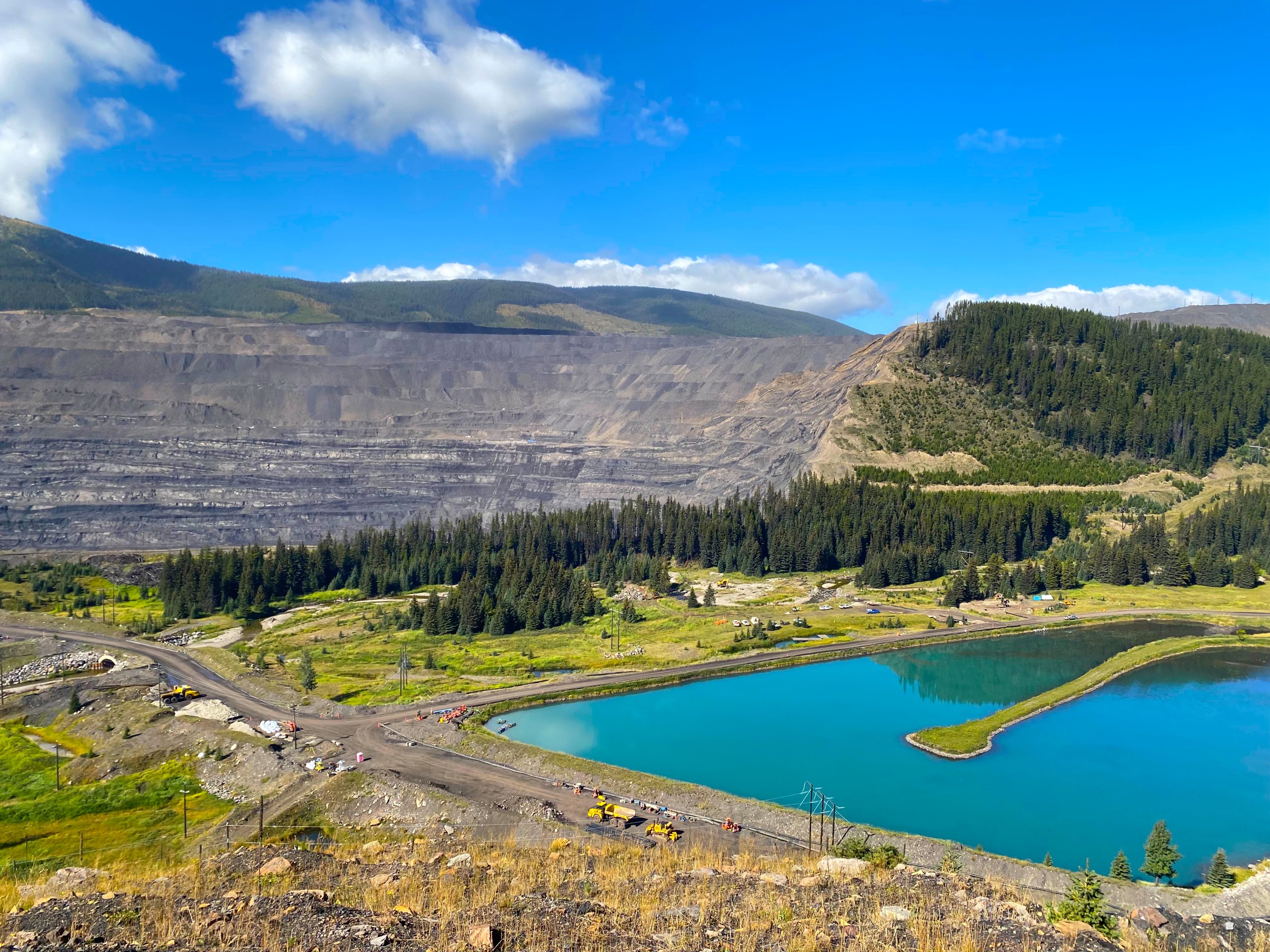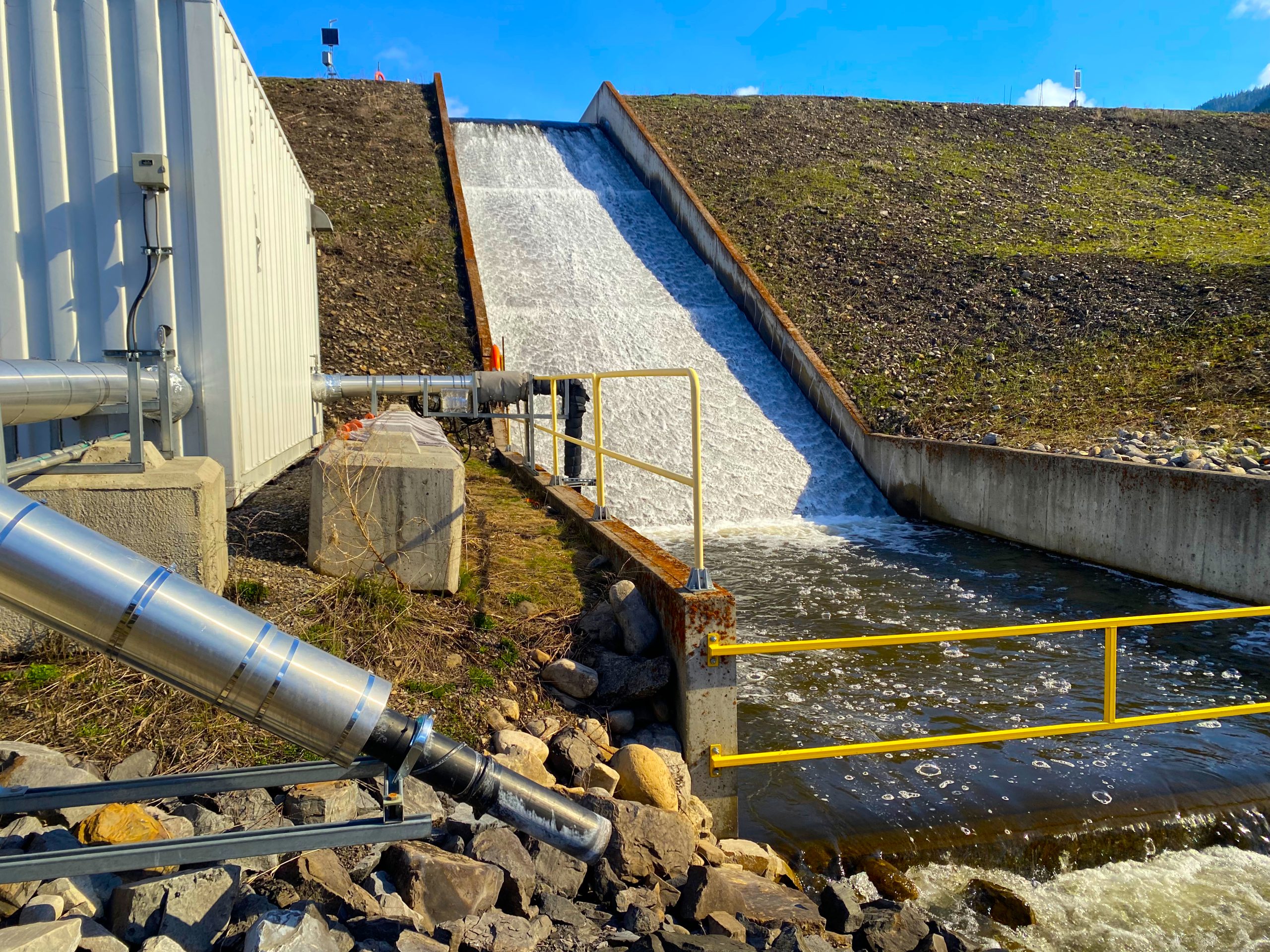On this page
Summary of water quality at select Order Stations
Average Monthly Selenium Concentration (ug/L)
| Order Station | Limit | April | May | June |
|---|---|---|---|---|
| Fording River Downstream of Greenhills Creek | 63 | 68 | 33 | 37 |
| Elk River Upstream of Grave Creek | 23 | 23 | 11 | 11 |
| Elk River Downstream of Michel Creek | 19 | 14 | 5.2 | 8.0 |
| Koocanusa Reservoir Downstream of the Elk River | 2 | 2.9 | 1.2 | 1.0 |
Average Monthly Nitrate Concentration (ug/L)
| Order Station | Limit | April | May | June |
|---|---|---|---|---|
| Fording River Downstream of Greenhills Creek | 14 | 16 | 7.1 | 8.0 |
| Elk River Upstream of Grave Creek | 4 | 5.1 | 2.4 | 2.2 |
| Elk River Downstream of Michel Creek | 3 | 2.6 | 0.9 | 1.5 |
| Koocanusa Reservoir Downstream of the Elk River | 3 | 0.56 | 0.33 | 0.21 |
Average Monthly Sulphate Concentration (mg/L)
| Order Station | Limit | April | May | June |
|---|---|---|---|---|
| Fording River Downstream of Greenhills Creek | 429 | 332 | 135 | 157 |
| Elk River Upstream of Grave Creek | 429 | 138 | 64 | 62 |
| Elk River Downstream of Michel Creek | 429 | 109 | 40 | 61 |
| Koocanusa Reservoir Downstream of the Elk River | 308 | 50 | 19 | 21 |
Notes:
- Cells highlighted yellow denote where the concentration exceeds the limit. Non-highlighted cells do not exceed the limit.
- Sites in the table represent a range of conditions in the Elk Valley from the Fording River downstream to the Elk River and finally Koocanusa Reservoir. Click the site name to view the entire datasets for these sites back to 2014 or visit the Water Quality Data Dashboard to view data from additional sites.
Highlights
The April through June period in the Elk River and its tributaries is a transition period from low to high water flows. Low winter streamflow in April changes to higher flows from snowmelt in May and June.
- The increase in flows results in improving water quality (lower concentrations of substances) because of increased dilution from snowmelt.
- In years with a delayed spring melt, April can experience some of the lowest flows and poorest water quality.
- Koocanusa Reservoir follows a similar seasonal trend. Water quality in the reservoir is also heavily influenced by the flow and quality of the Kootenay River which is the other main water source for the reservoir. Operations at Libby Dam in the United States further affect water levels and flows in the reservoir. The highest concentrations in the reservoir often occur in April when water levels are at their lowest.
The water quality results from April to June 2023 generally followed the expected seasonal pattern. In April, levels of selenium and nitrate exceeded limits at various locations in the Fording River, Elk River, and Koocanusa Reservoir. Exceedances in the Elk and Fording Rivers were predicted by EVR’s latest models and were consistent with previous Aprils, despite more treatment occurring in 2023. April streamflow is primarily made up of water emerging from the groundwater system. In the Fording River near the Fording River Operations mine, water treatment has not been operating long enough to improve local groundwater quality, and as a result April surface water quality concentrations in the Fording River and downstream Elk River remain similar to prior years. Modelling suggests improvement in April water quality should be more apparent in 2024 as groundwater continues to improve and additional treatment at the Fording River Operations North 1 Saturated Rockfill comes online.
Selenium concentrations in Koocanusa Reservoir also exceeded the permit limit and were higher than expected. Preliminary streamflow data collected by the Water Survey of Canada on the Elk, Bull and Kootenay Rivers suggest that flow in the Kootenay River was very low compared to flow from the Elk River during most of April. This situation would result in relatively low dilution and higher water quality concentrations in Koocanusa Reservoir.
The month of May was the hottest on record in B.C. (B.C. River Forecast Center), including in the Elk Valley. The average daily temperature in Sparwood was 0.7°C warmer than the next closest May (2018), and a full 4°C warmer than an average May (44 years of record). The warm temperatures resulted in rapid melt of the snowpack, greater dilution of mine-affected water, and resultant low substance concentrations compared to a typical May. Snowmelt was so extreme that river flows began to decline in June, which is typically the month of highest streamflow in the Elk River. As a result, water concentrations also started to increase in many locations in June in contrast to the typical continued decline until later in the summer.
Visit the Water Quality Dashboard for current and historical water quality data at all Compliance Points, Order Stations and Trend Sites.
The potential for impacts resulting from water quality conditions are carefully monitored. Results of the monitoring programs are summarized each year in the Aquatic Ecosystem Health Annual Update.


